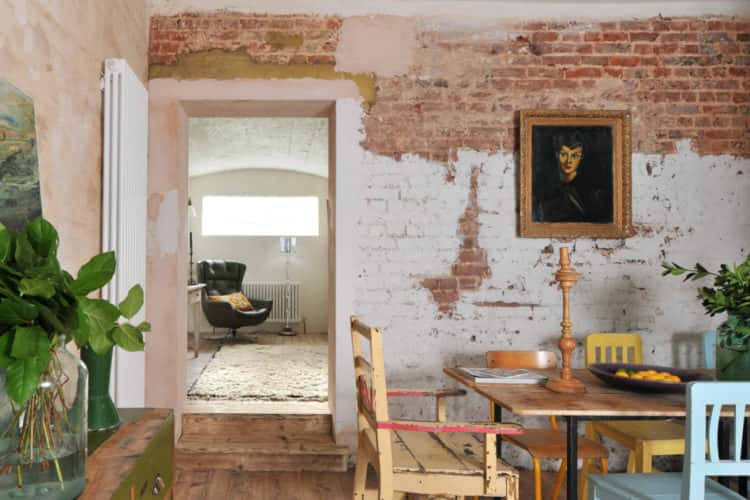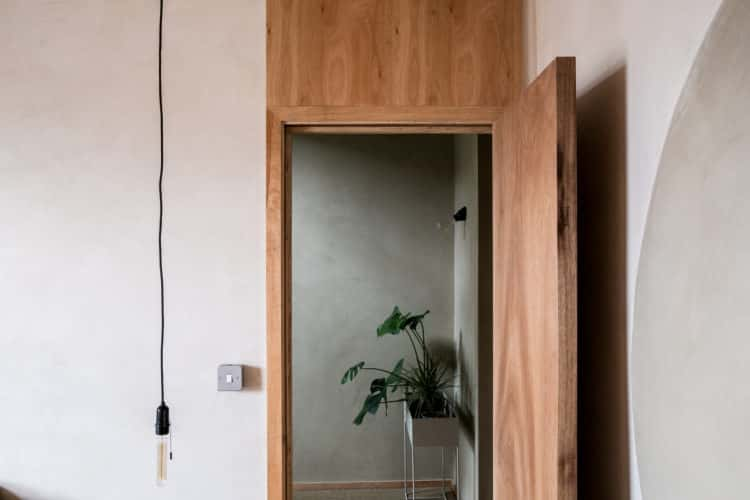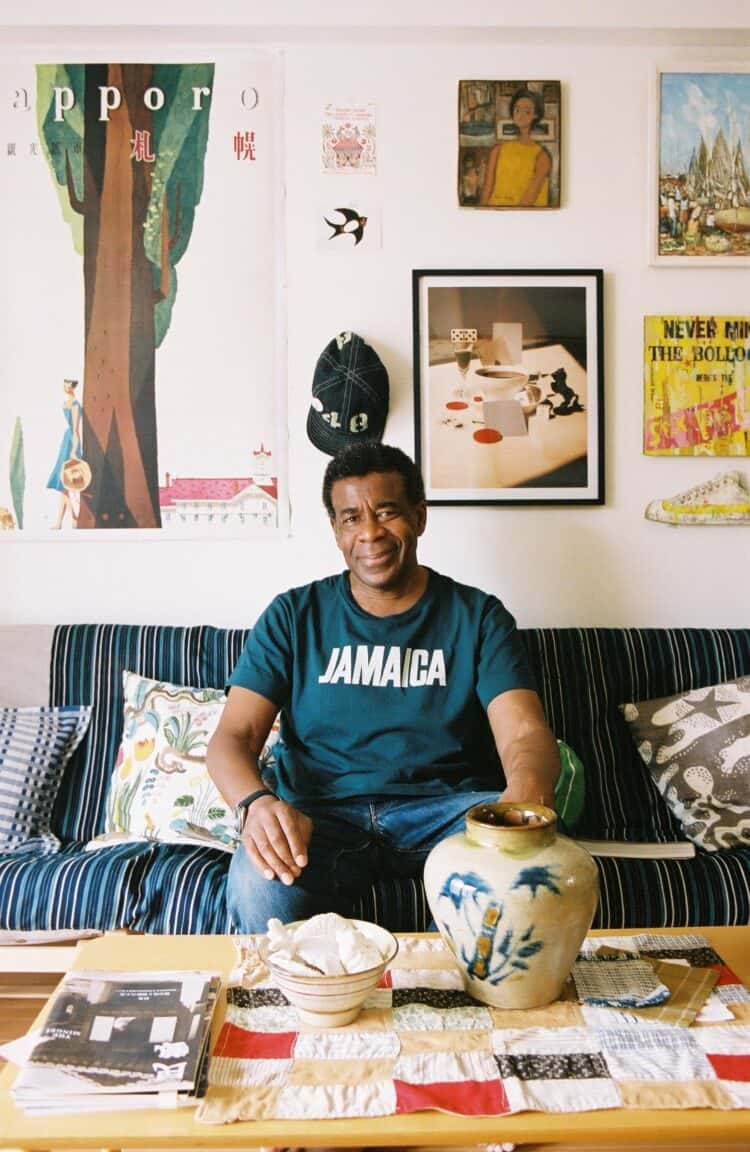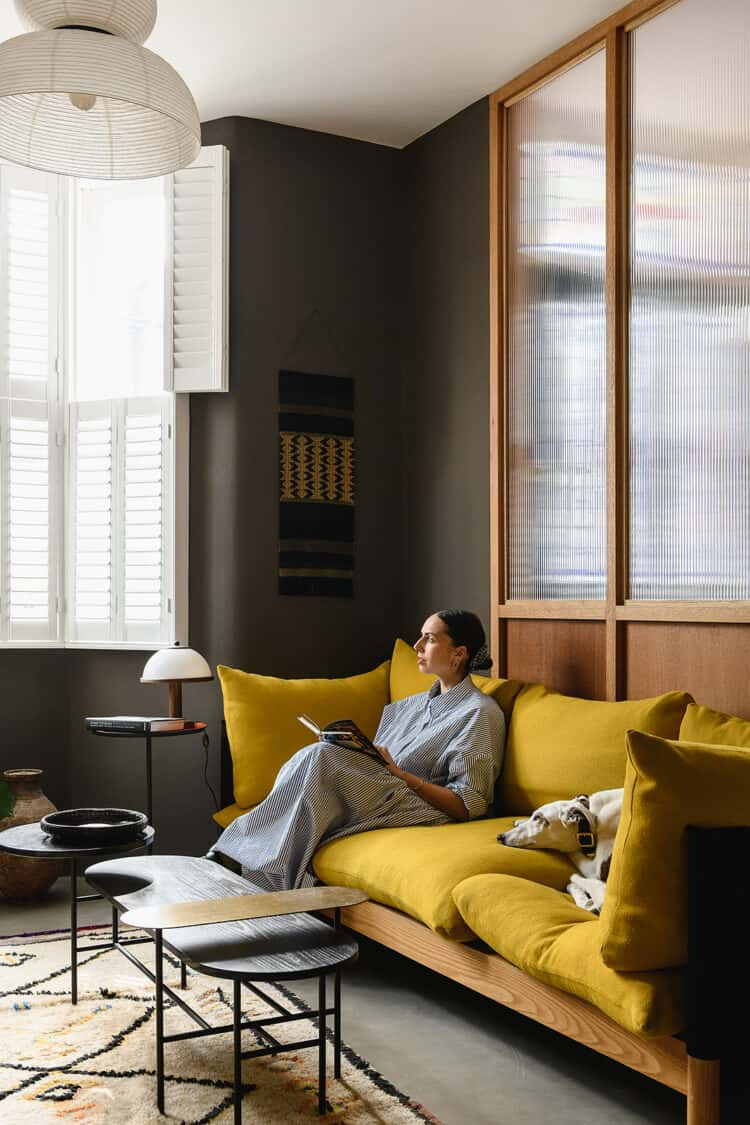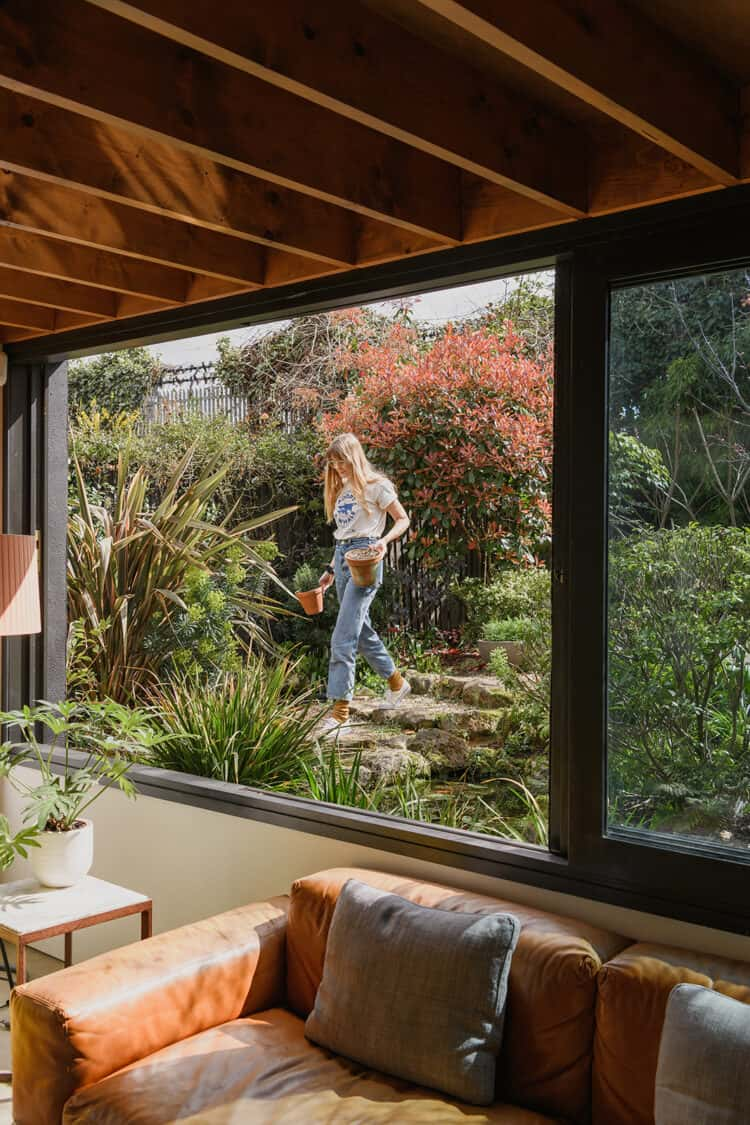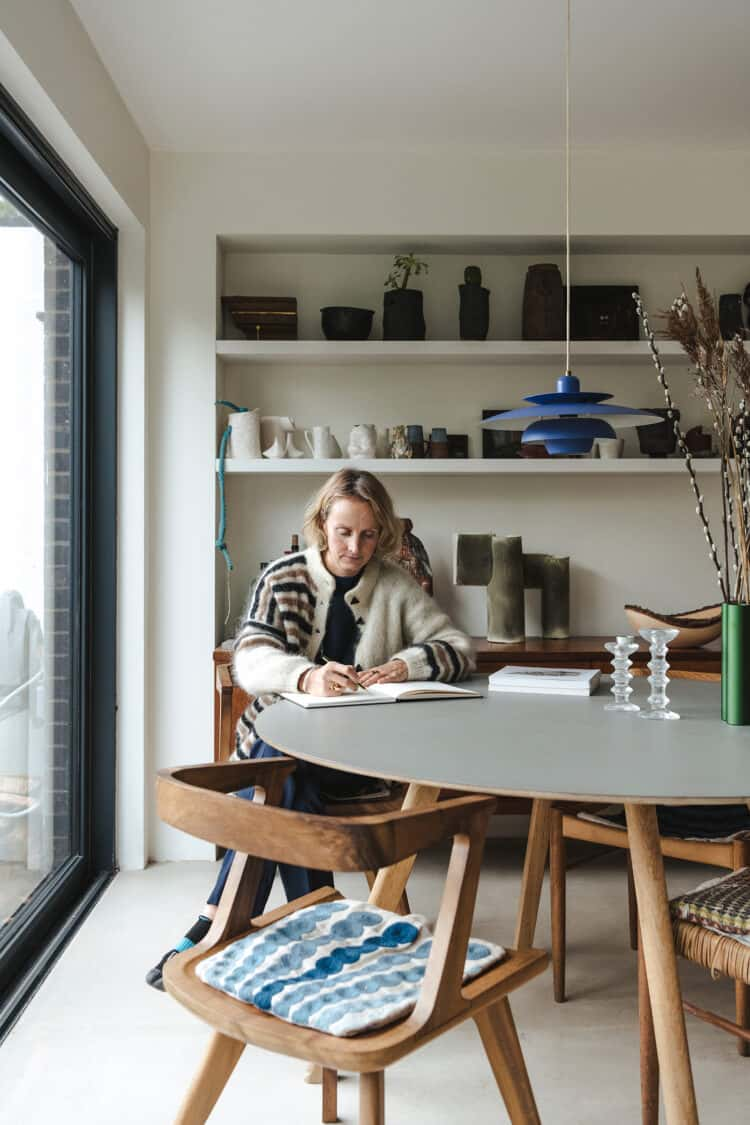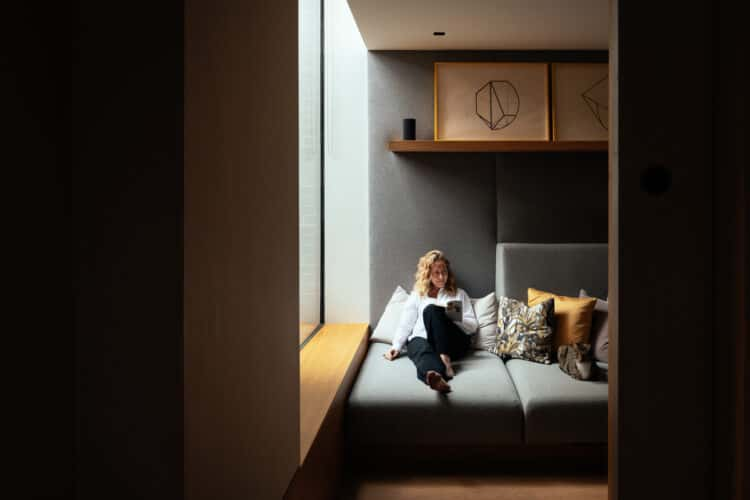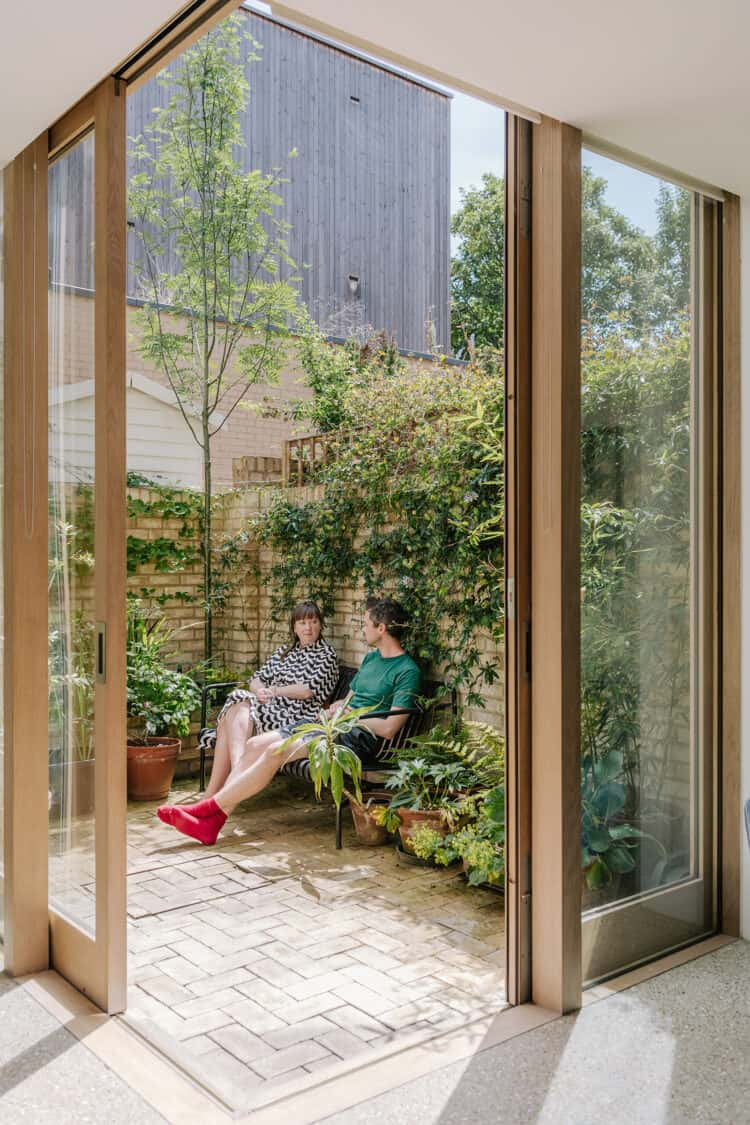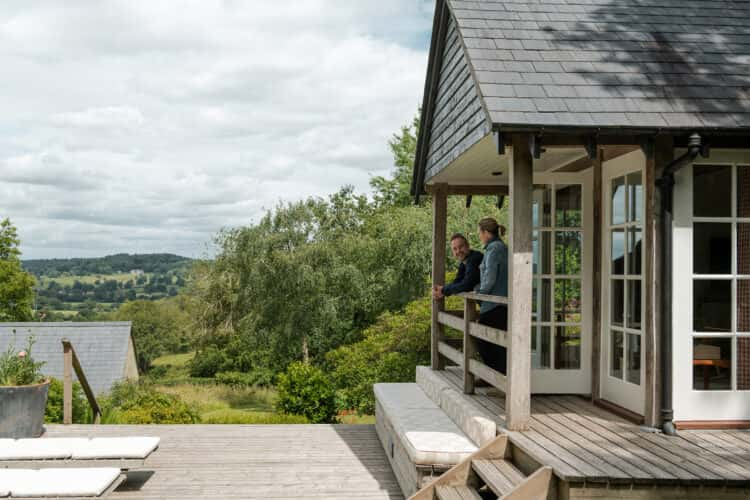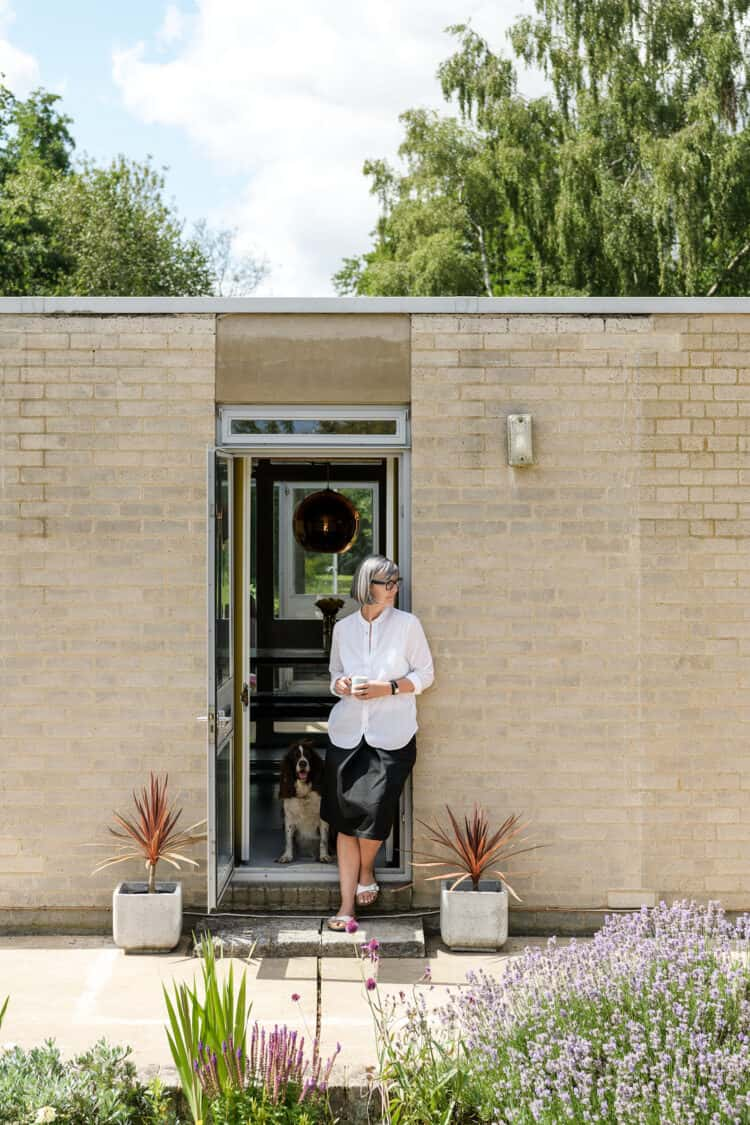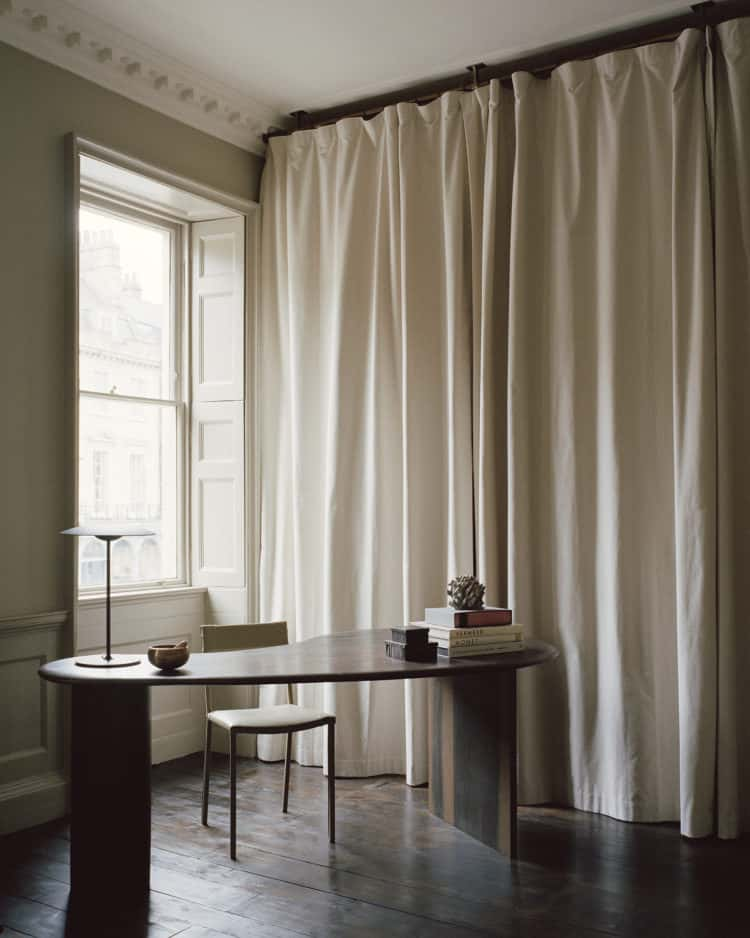My Modern House: botanical stylist Yasuyo Harvey has created beautiful interiors on a budget in the London suburbs
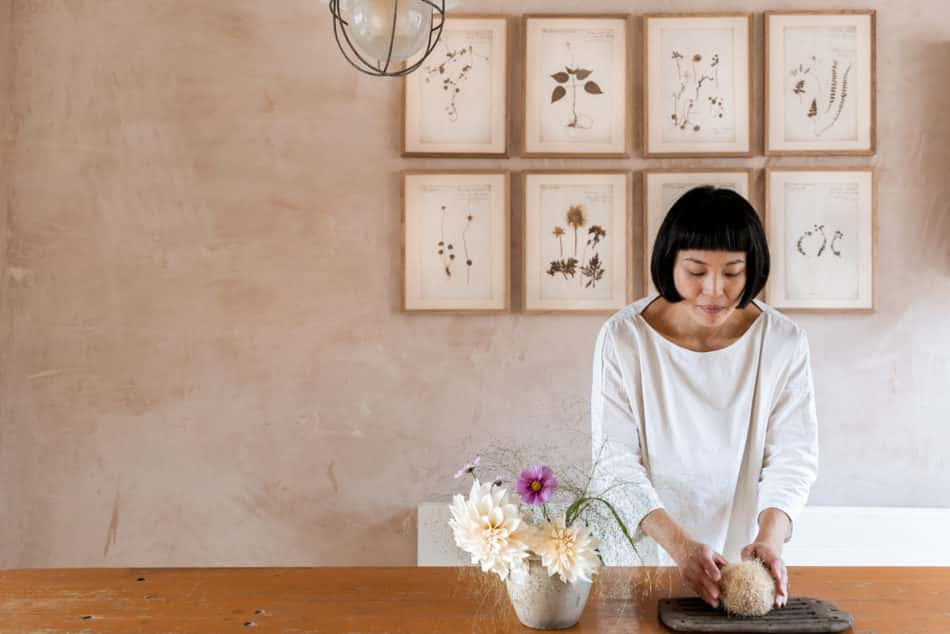
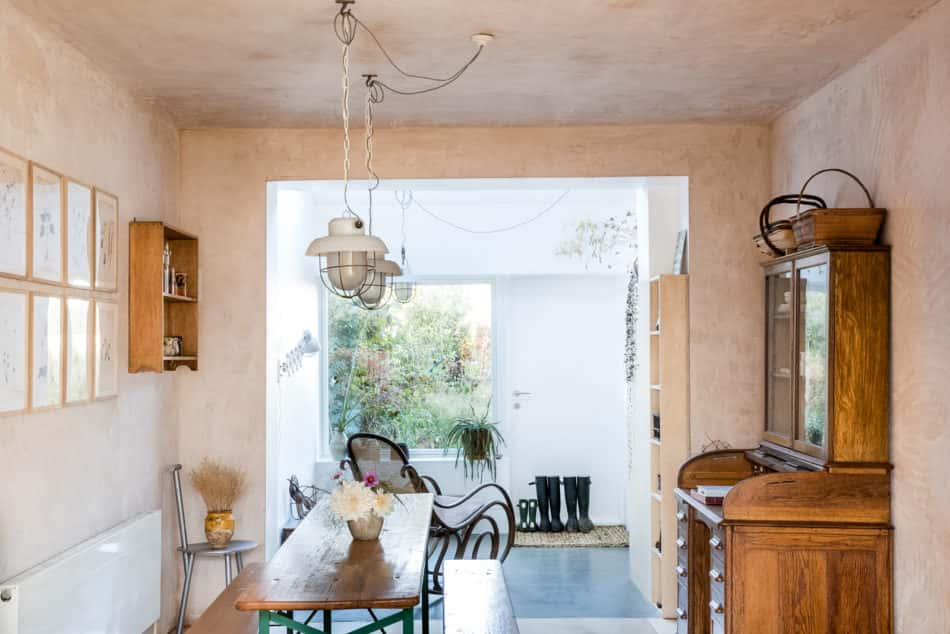
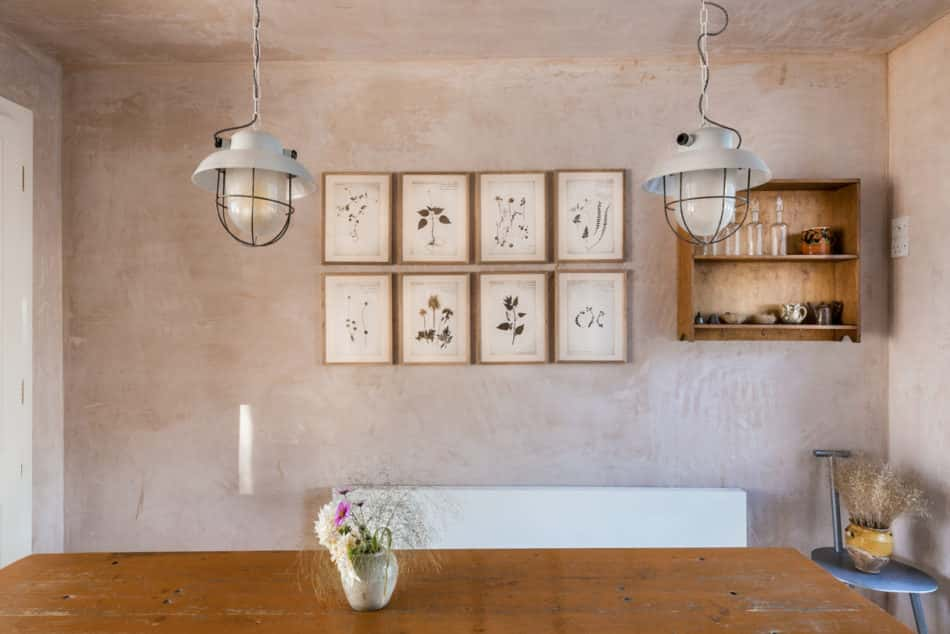
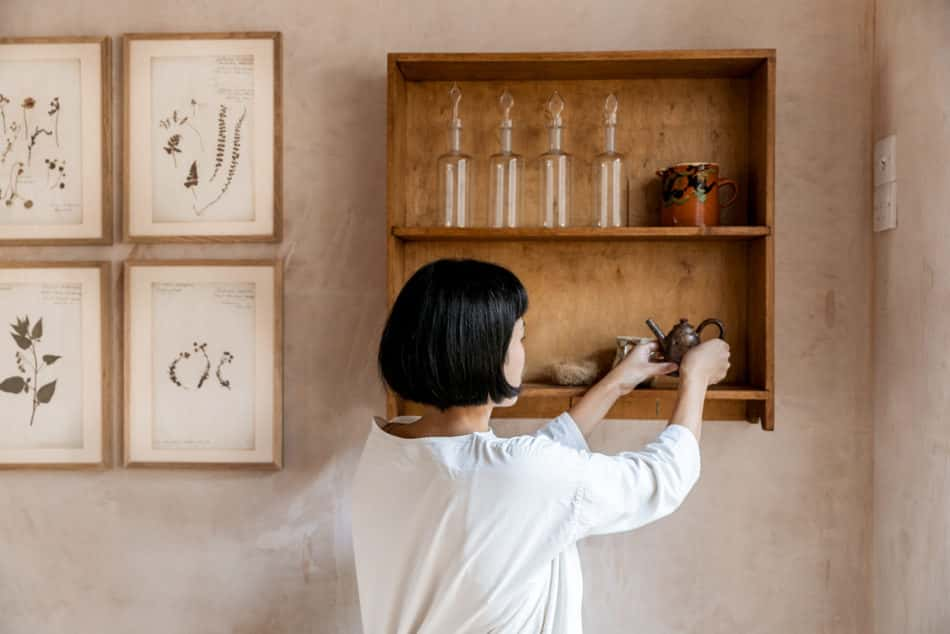
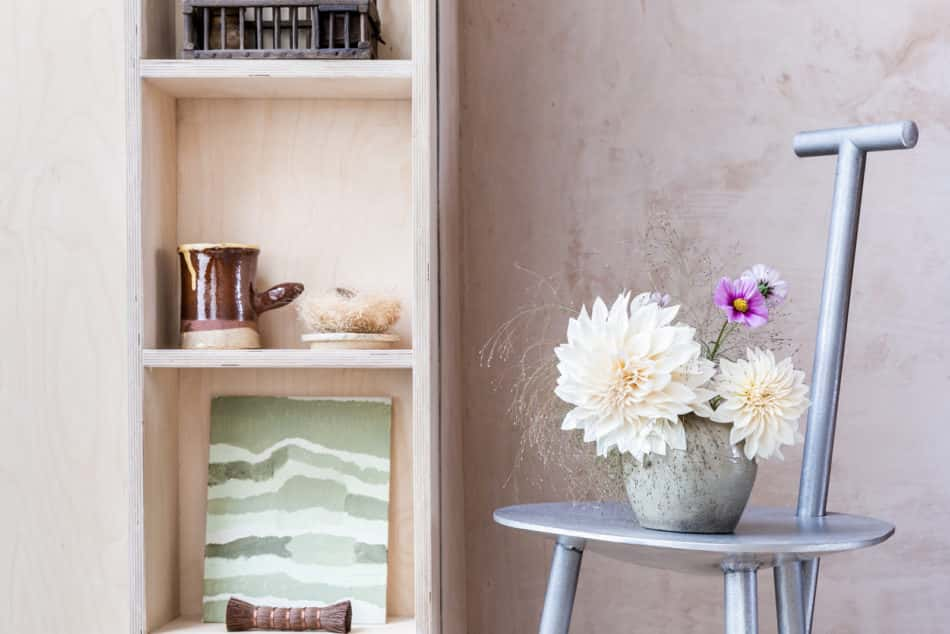
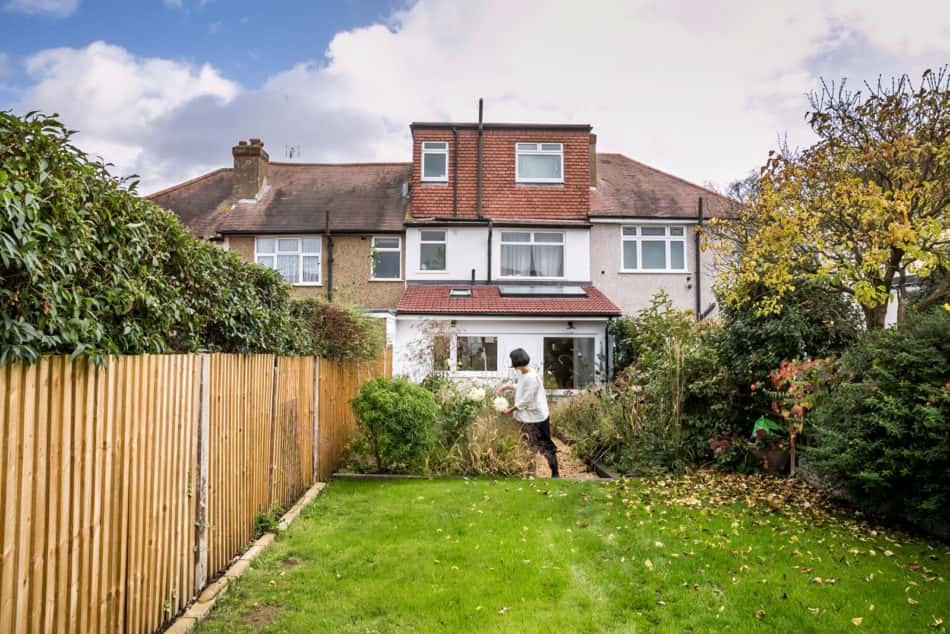
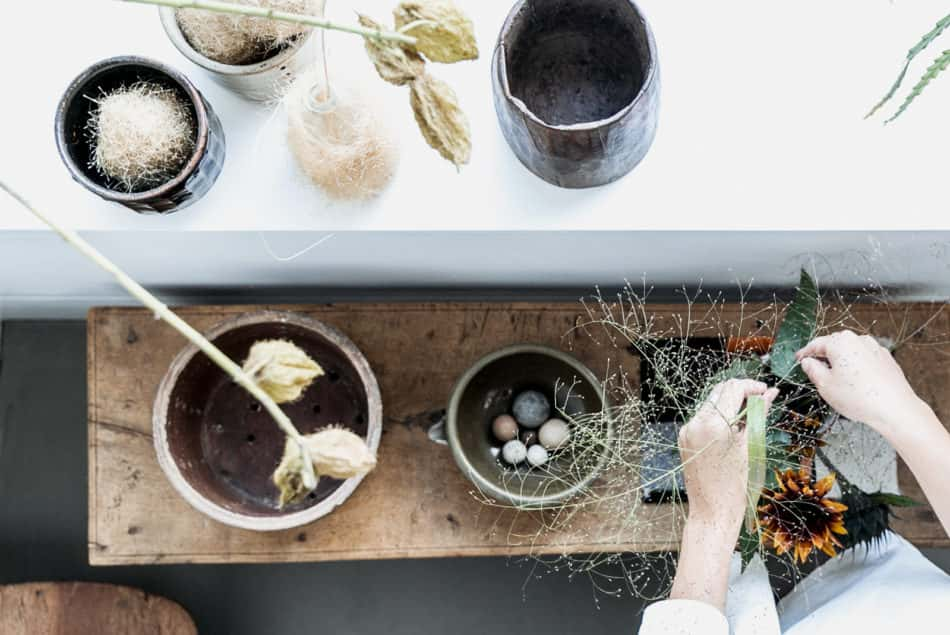
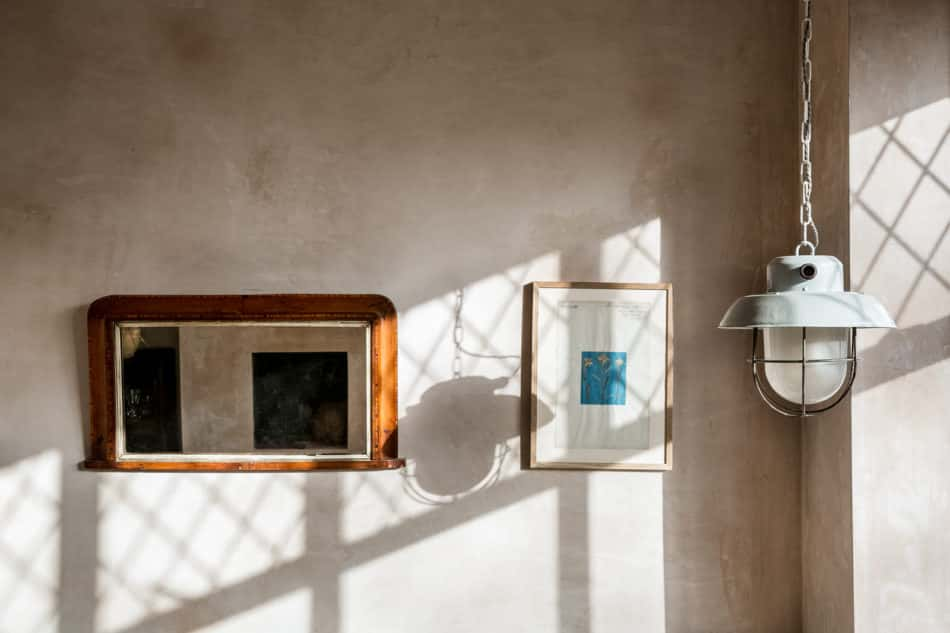
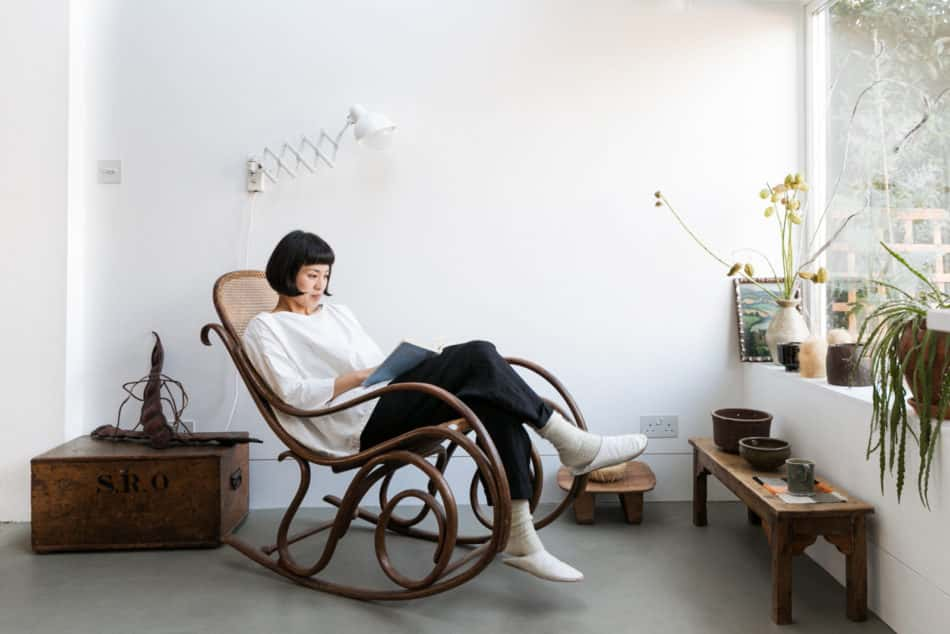
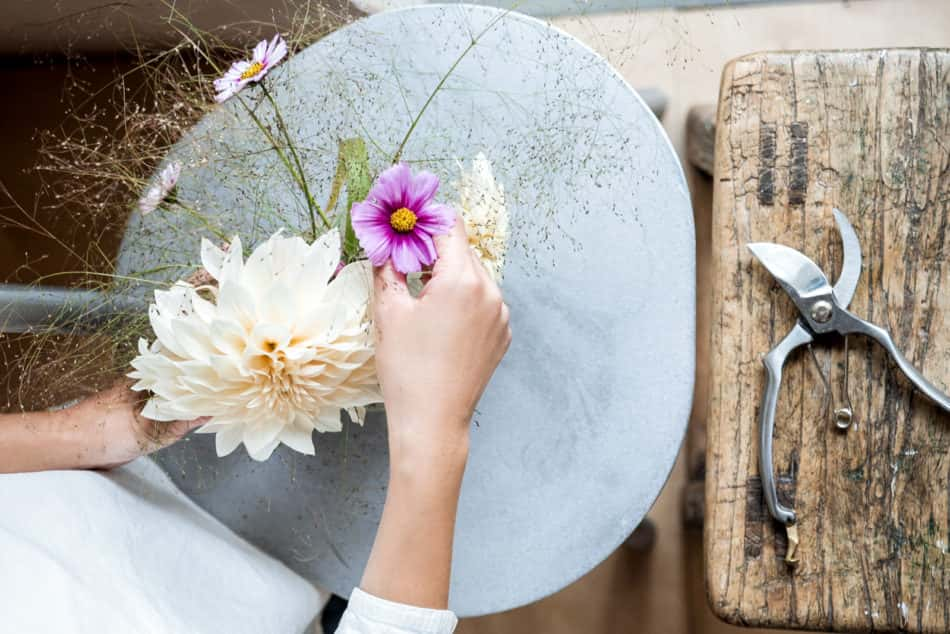
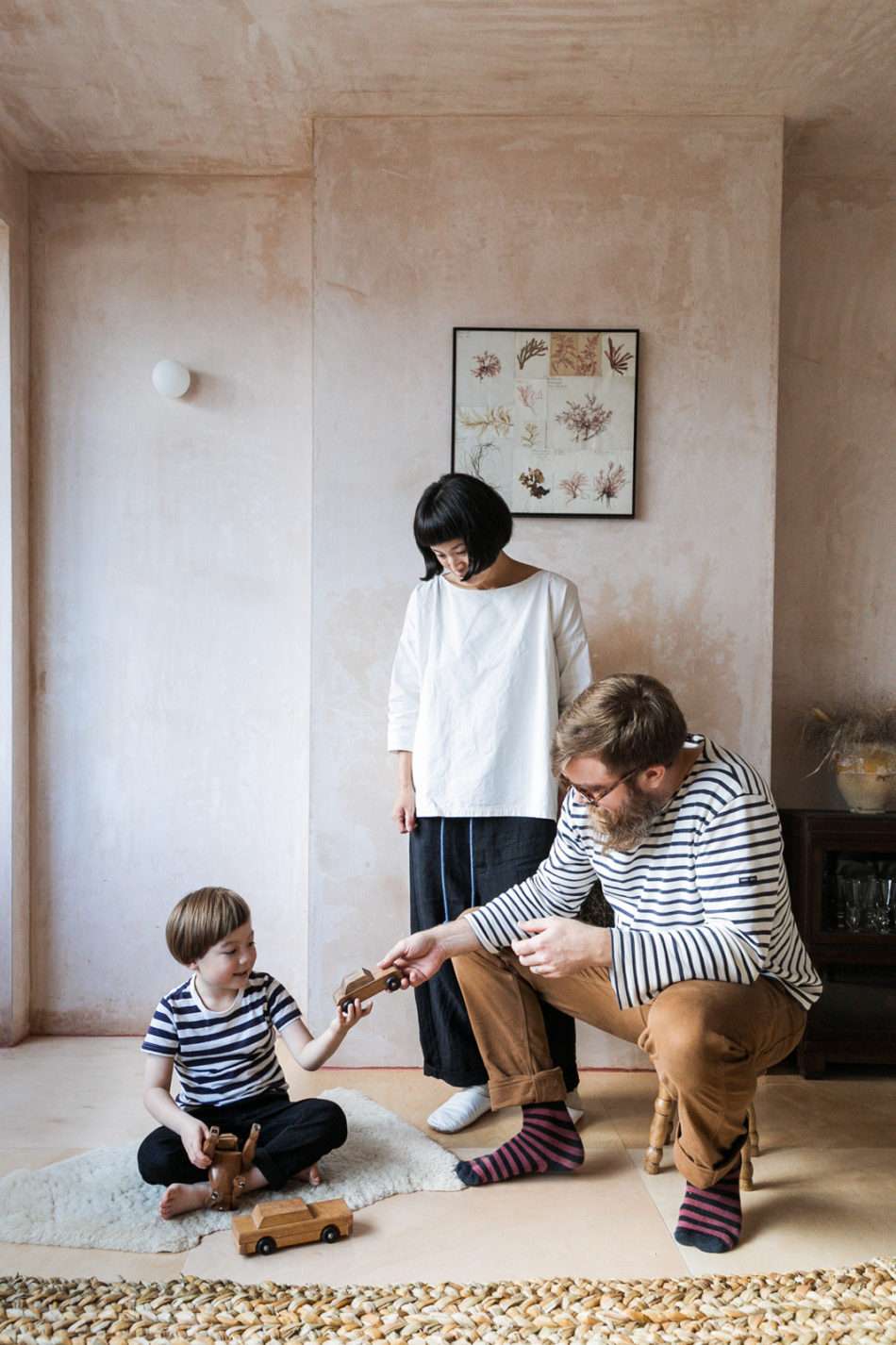
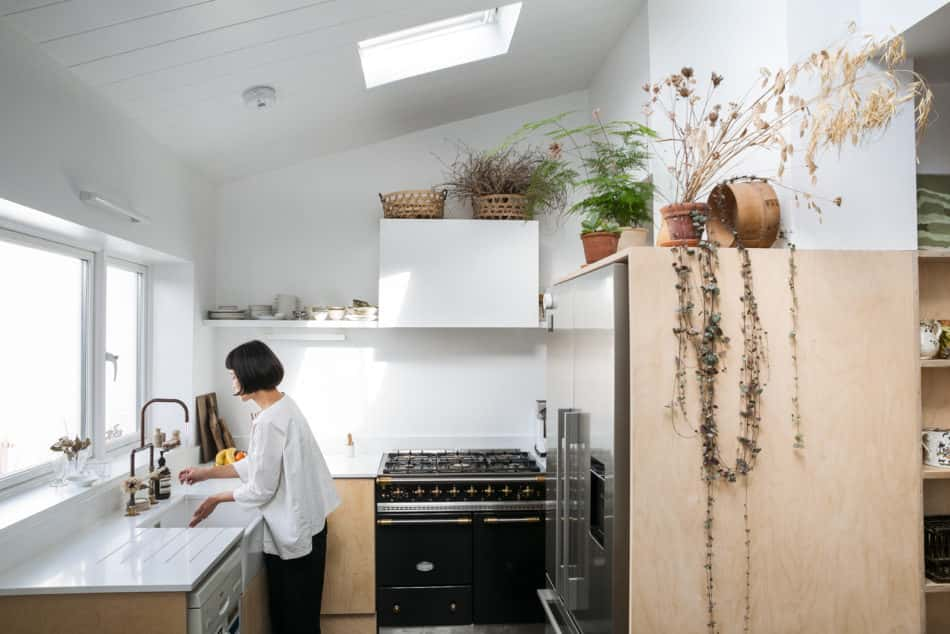
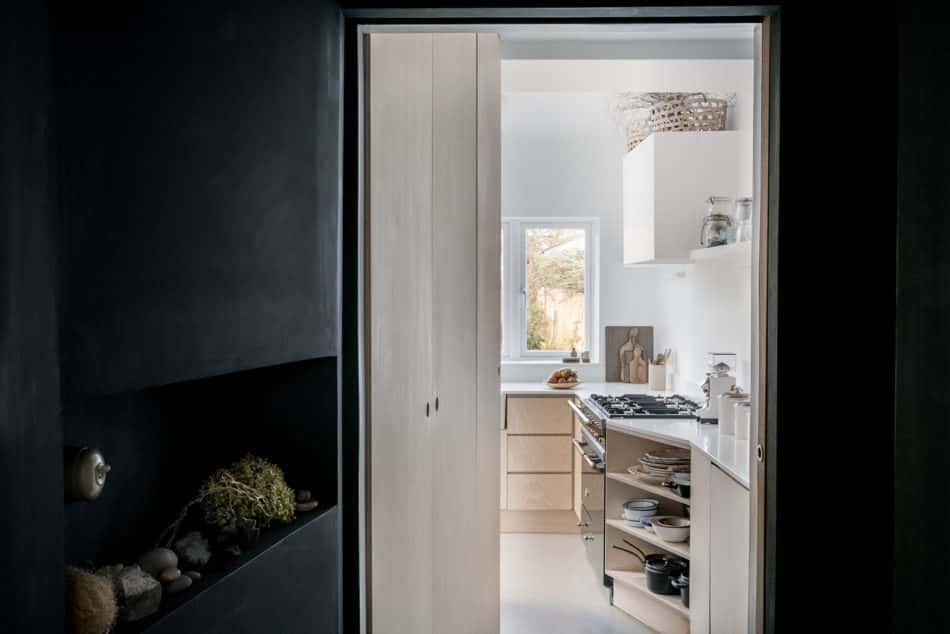
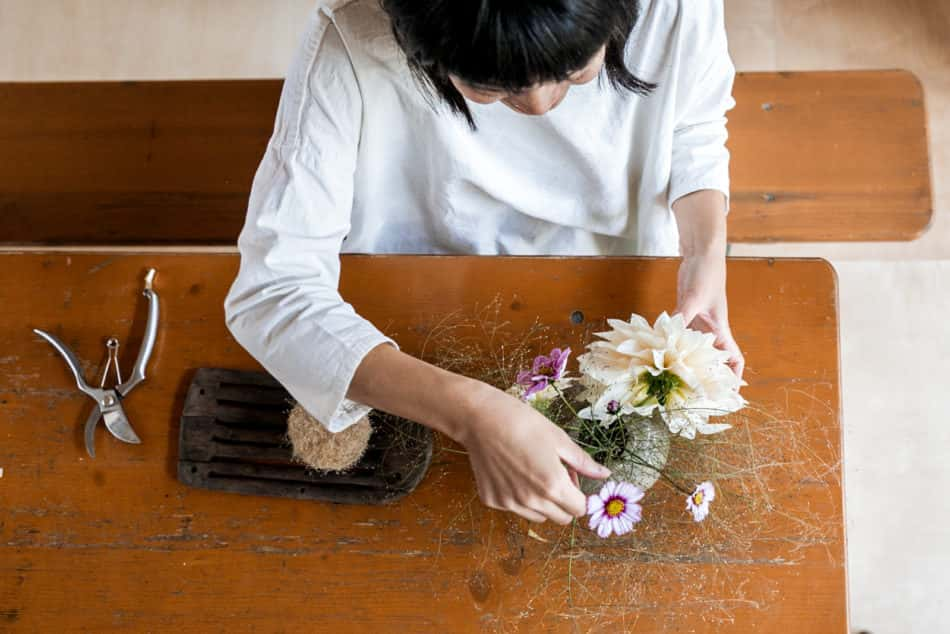
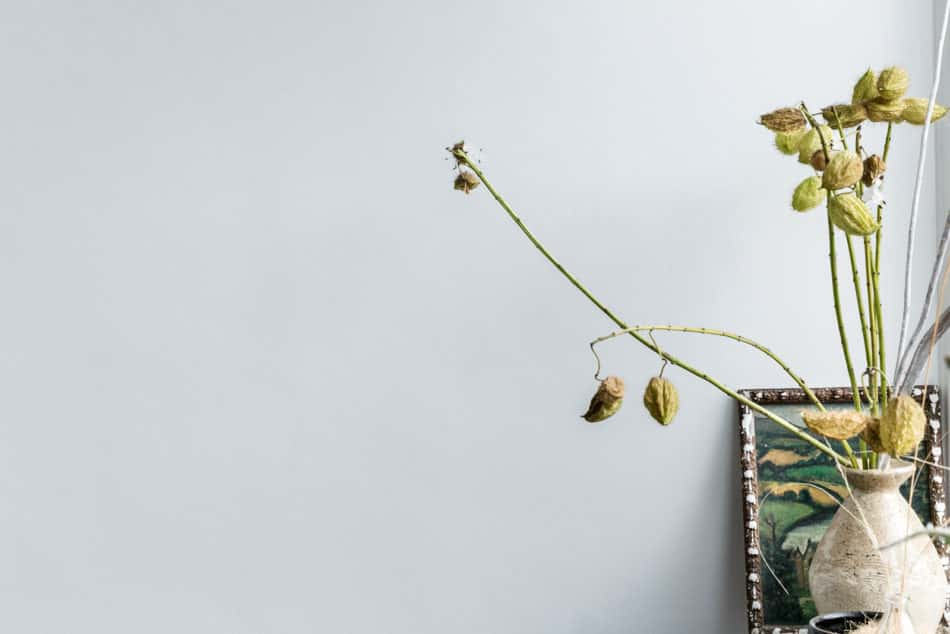
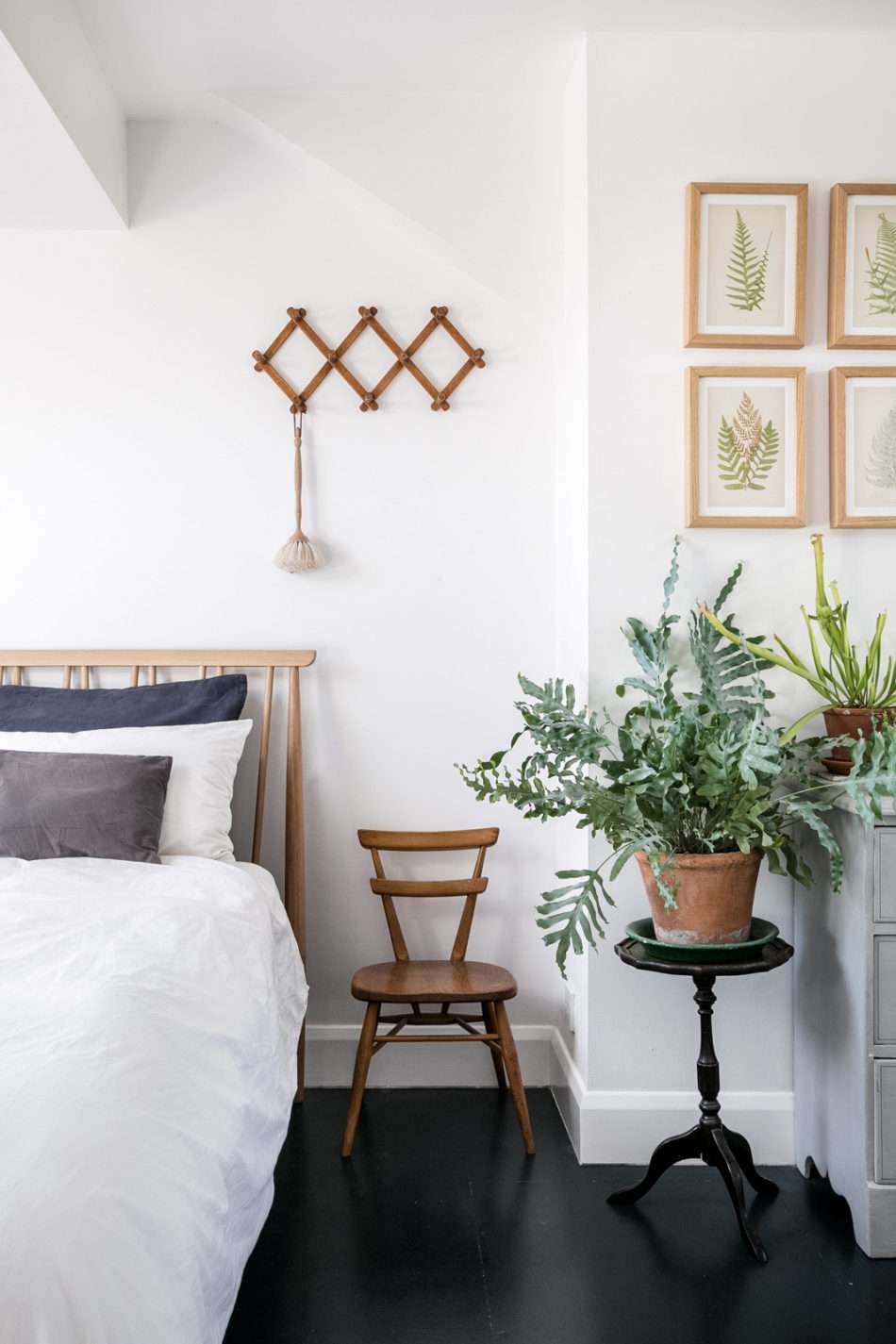
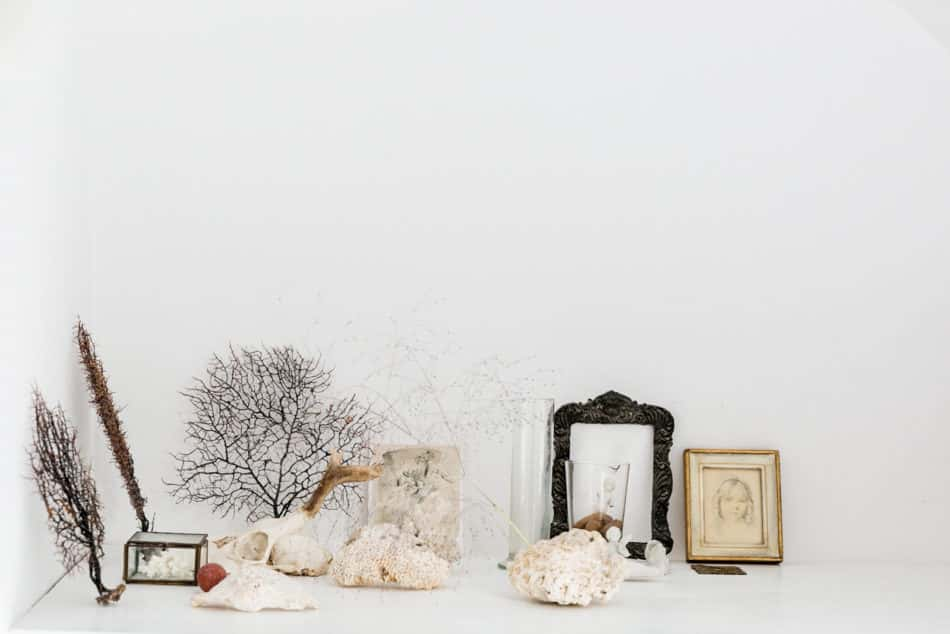
“I call myself a botanical stylist. I’m more interested in creating objects and sculptures for beautiful interiors than conventional floristry, and my work needs great spaces to be able to come alive.
“It’s like meditation for me, a form of ritual. I am not good at drawing; combining textures is my skill. The raw materials always come first, and I get inspired by what’s in front of me. I grow some of the seeds here in the garden, and they come back every year. I also get things from markets, overseas suppliers and when I’m out walking in the fields. The best plants are usually in the alleyways between houses or in someone’s front garden.
“Even if I’m driving on the motorway, one eye is on the hedgerows and the other is on the road! The most beautiful things are often beside the motorway, but unfortunately you can’t get to them.
“I grew up two hours outside Kyoto, and came to London in 2004 to study. In my spare time, I did work experience at a florist in Piccadilly Circus. We did corporate work: Christmas, Valentine’s Day, weddings and events. I ended up working there for five or six years.
“When Noah was in my tummy, I started teaching a floristry class, first at my house and then at friends’ houses. I knew some Japanese people, and would show them how to make a bouquet or arrangement. It was great because I could do it in my spare time. I did that for two or three years, then started going to Paris Fashion Week with a friend, helping her as a translator. Visiting the showrooms gave me inspiration for presentation, process and materials.
“One year I met Faye and Erica Toogood when I visited their fashion presentation in Paris. Faye asked me to decorate her new studio for a photoshoot. We collaborated on a flower arrangement in flower bricks for twentytwentyone to celebrate Lucienne Day’s centenary. I also made an installation for her exhibition at the London Design Festival in the autumn, and I’ve just finished some work for an apartment that she interior designed in King’s Cross. Sometimes I lack confidence. I don’t know how to approach a project, and worry that people won’t like it. Once it’s done, I feel really good.
“My priority is to make sure my family is happy. I am a housewife, but I want to do a little bit more. Noah is five and a half now. I am still working out how to fully utilise my work: maybe exhibitions, or supplying arrangements for photo shoots.
“When I came to this country, I got to see lots of artworks by British artists. The museums are great, and I got really inspired. I like Winifred Nicholson’s still lifes, as well as Lucie Rie, Hans Coper and Bernard Leach ceramics. I often visit Kettle’s Yard in Cambridge and Two Willow Road in Hampstead. I try to imitate English Modernism a little bit, and mix it with my Japanese heritage.
“We bought this house two years ago, just before Noah started school. The walls were papered, so we stripped them off, skimmed them, and decided to leave the plaster raw. It really works.
“The kitchen was so tiny. Phil is quite big, and he could hardly turn round in it. Our friend Ryuta Hirayama, who works at Jonathan Tuckey Design, helped us draw up plans for an extension. It’s a modest 3m extension which we built under permitted development. We could have gone to 6m but there are only three of us, and it’s enough space.
“The plywood units were made by a joiner. The worktop is a composite – the whitest we could find. It’s one sheet with no join.
“I like to cook Japanese food, as it’s easier for me. I’m not very good at roasting, Phil does that kind of cooking. We put in a big range cooker. We’re having Phil’s family for Christmas this year. We also like to have big feasts with our friends, where we eat and drink and they all stay overnight.
“The other part of the extension is a little space for relaxing, where we have a coffee or do some homework with Noah. At the moment it’s also my studio! It’s a bit of everything. I bought the Thonet rocking chair from Ardingly Antiques Fair; it’s quite an early one from the 1890s. The floor is made of resin, which is cheaper than polished concrete, although it does mark quite easily.
“The giant seed pods are from a market – I’m still working out what to make with them. I am always looking to discover new ways of using materials. I find it fascinating. In the summer I harvest the seeds from Stipa tenuissima, which is Mexican grass, and shape them into bowls.
“We normally eat at the long bench, but we want to get a proper dinner table eventually. The marine-ply floor has been laid in a checkerboard pattern, in 90cm squares. The grain runs one way then the other, so that it feels like parquet. I bought a collection of pressed flowers at the antique shops or online, and framed some of them and put them above the fireplace.
“At the back we’ve made a tsuboniwa, a Japanese box garden. We built flower beds with oak railway sleepers. We spent several weekends doing it, and it was really hard work, but we’re so pleased with it.
“This area is called Worcester Park. It’s really changing, with lots of young families who’ve been priced out of central London. There’s nothing glamorous – no hipster coffee shops or anything – but we’ve got a Waitrose! We came here because of the food. New Malden, which is just to the north, is a Korean area, and there are some great supermarkets and the best Korean restaurant in London. Worcester Park to Waterloo is 25 minutes by train, so it’s really convenient. You can’t get this much space in London, and we really wanted a big garden.
“The front of the house is just normal 1930s architecture and not particularly our taste. We need to change the uPVC front door, and get rid of the yellow colour. I’m sure our neighbours look at our house and think, ‘What the hell are they doing?!’”
Yasuyo, how would you describe the idea of living in a modern way?
“My definition of modern living is choice. Choosing elements of the old and new to create your cave. Not following one particular fashion.”
If you were to move, what’s the first thing you’d take with you?
“I am fond of most of the objects here, but if I had to choose, I’d take the rush rug. A couple of years ago, I applied to the rush-weaving course tutored by Felicity Irons at West Dean College. It is not a perfect shape and quite wabi-sabi, but I worked very hard to make it. Every time I stand on it, I feel so proud of myself.”
Which of our current sales listings has caught your eye?
“St John Street. The space has a good balance of old and new. I love brick walls, especially when some of them are ruined, and the combination of plywood and concrete is familiar!”
